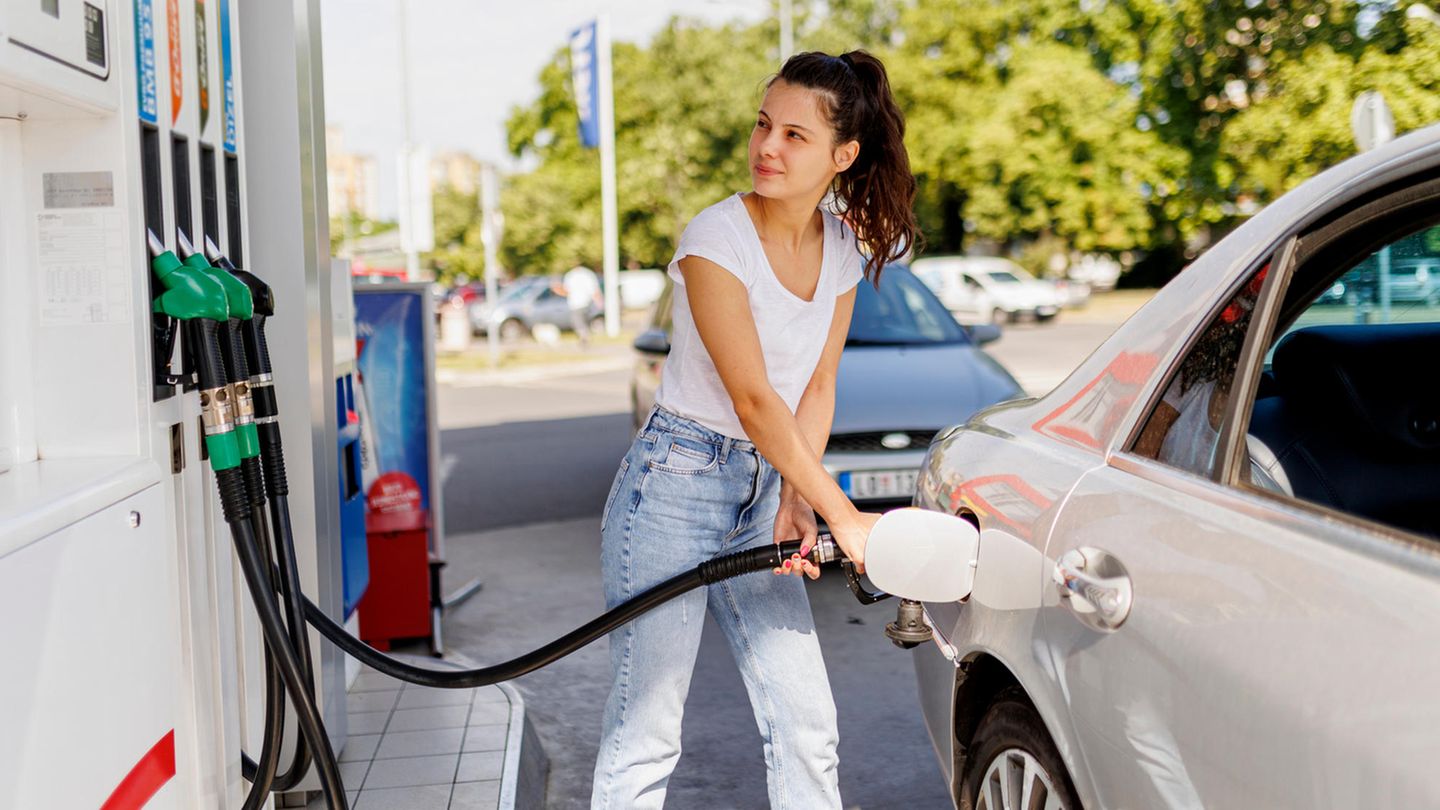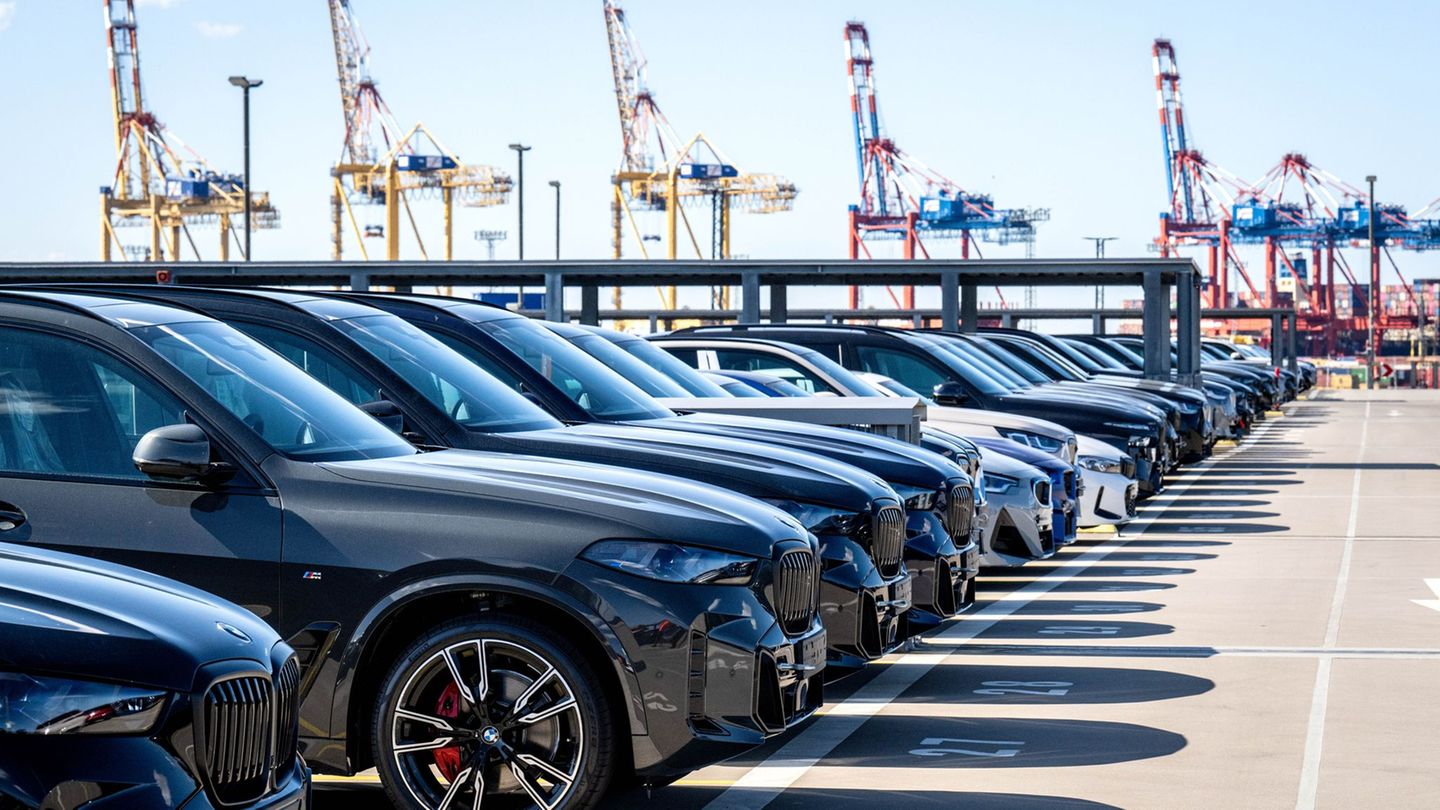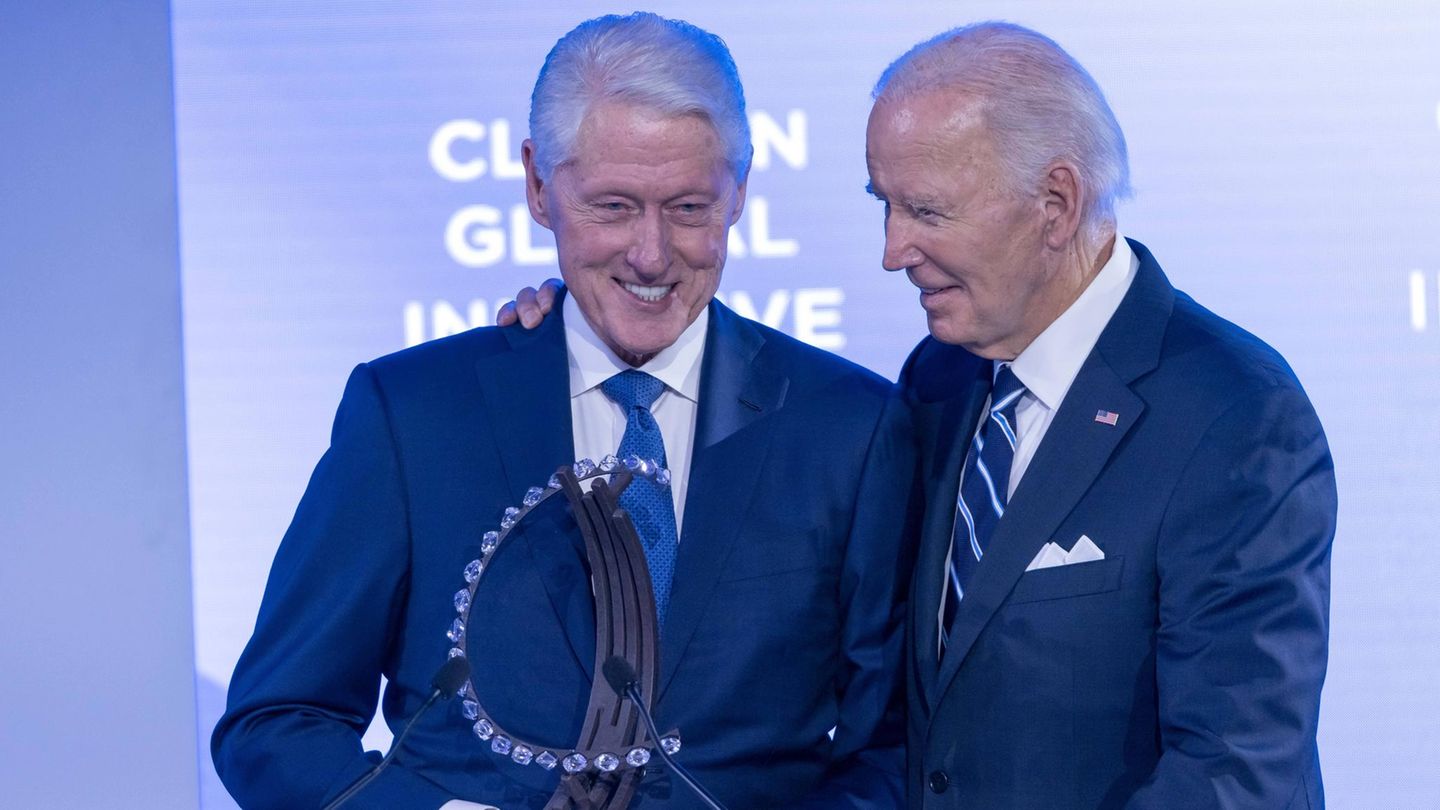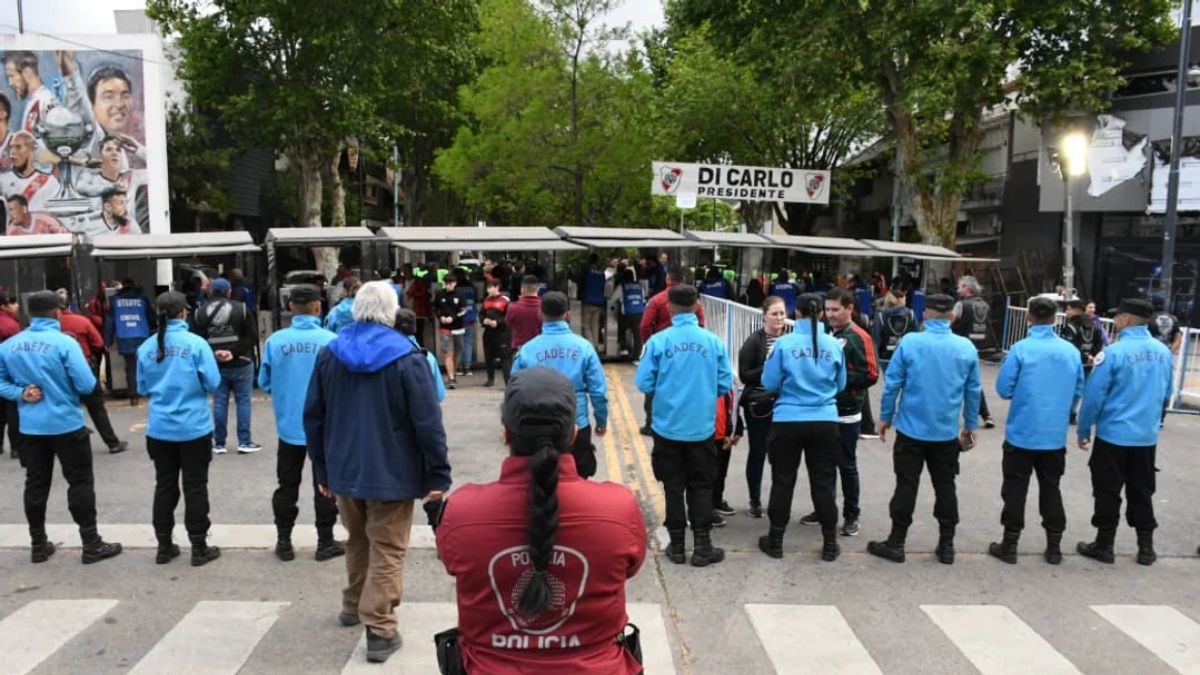The ADAC has evaluated which federal state currently has the lowest gas stations. But Tüv Süd warns: detours are usually pointless.
Attention Berliners: Petrol is currently cheaper nowhere in Germany. This is according to a study. According to this, a liter of E10 costs an average of 1.579 euros in the capital – 3.2 cents less than in Saarland, for example, which is currently the second cheapest state. Petrol is currently most expensive in Saxony-Anhalt. Here, a liter of E10 costs 1.648 euros, according to the ADAC.
ADAC: Berlin is currently the prize winner
Things are a little different for diesel. People in Rhineland-Palatinate get off best, paying an average of 1.499 euros per liter. But Berliners don’t have to worry, because with an average price of 1.500 euros, the difference is barely measurable. In Mecklenburg-Western Pomerania, the difference is much greater. Here, the price is around 1.565 euros.
For the analysis, the ADAC evaluated price data from “more than 14,000 petrol stations recorded by the Market Transparency Office for Fuels and allocated them to the 16 federal states.” The prices all refer to September 17, 11 a.m.
“Federal states with a high population density tend to be cheaper than sparsely populated states due to the stronger price competition caused by a higher density of petrol stations,” the club writes as a reason why Berlin does so well.
Tüv Süd warns: detours rarely make sense
However big the price difference may seem on paper, it is irrelevant in everyday life. This was already established in February. While the club recommends using one of the numerous apps to find the best price, the testing institute is tempering expectations.
It is even less worthwhile to drive off to fill up the tank if the cold car has to be started just for that purpose, they say. Expert Matthias Strixner says: “An average petrol engine can consume up to 30 litres of fuel per 100 kilometres in the start-up phase and then emits a large proportion of the hydrocarbons.”
But what if you look for the best price on the way and change your route accordingly to save 0.5 cents per liter? Here Strixner calculates: “If you’re running low on gas, you want to fill up with 60 liters of premium and the cheapest pump is only two kilometers away, the 30 cents saved are almost burned on the way there. A gasoline car with an average consumption of 7.5 liters has already consumed 0.15 liters of gas by the time it gets to the gas station. The equivalent: 21 cents. So you’ve saved nine cents up to this point. But if the bargain hunter has to go back to the original route after filling up and thus drive the two kilometers back, you’ll have to pay another 0.15 liters of gas/21 cents.” The bottom line is that you’ve paid even more for the detour.
Even border trips often more expensive than the savings
Especially with small differences, the price is decided by your inner piggy bank, not your wallet or the environment. Cross-border trips can also quickly become a form of self-deception. Even if the price difference is much greater, every additional kilometer eats into the savings. You should calculate carefully beforehand whether the additional distance and the time you lose as a result are offset by the supposed gain.
Tüv Süd does have a tip for holidaymakers: especially abroad, you can take advantage of the local price structure. In France, for example, petrol stations at so-called hypermarchés/centres commerciales outside of towns are often much cheaper than petrol pumps in central locations. So if you are driving past there anyway, you should plan a stop to fill up.
Source: Stern
I’m a recent graduate of the University of Missouri with a degree in journalism. I started working as a news reporter for 24 Hours World about two years ago, and I’ve been writing articles ever since. My main focus is automotive news, but I’ve also written about politics, lifestyle, and entertainment.




